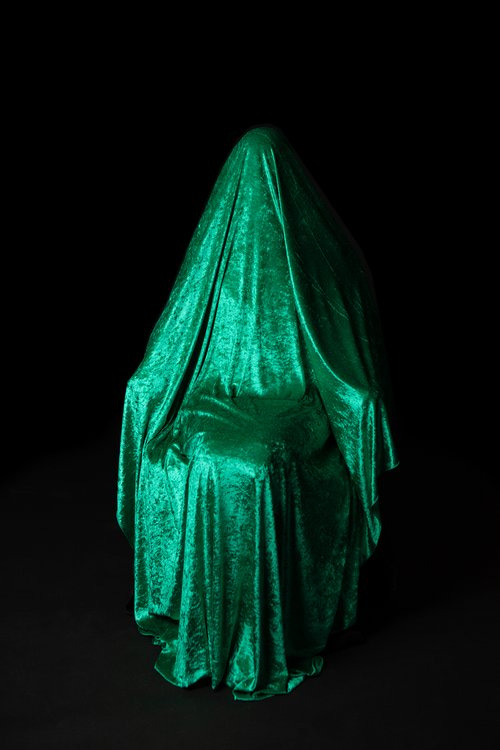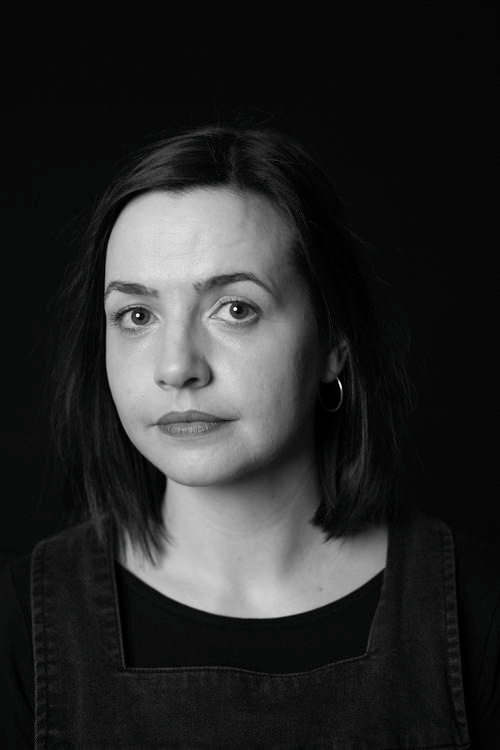Newly pregnant with my first child, I had never heard of Hyperemesis Gravidarum (HG), a debilitating pregnancy illness that has multiple and far-reaching health consequences.
I still hadn’t heard of HG by the end of my pregnancy, despite repeatedly reaching out to healthcare professionals because I was vomiting ten, twenty, thirty times a day and barely able to keep down water.
It was only later that I began to understand that what I had gone through was not ordinary morning sickness; I was not weak or making a fuss. Instead, I had been going through something that has gone virtually unrecognised by the medical establishment despite an estimated 30,000 pregnant women suffering from it every year in the UK. And it was serious; HG, and the lack of clinical care provision has resulted in terminations and is associated with severe mental health issues.
We are the Hidden Mothers. The Silenced Mothers. The Belittled Mothers. The Isolated Mothers. The Patronised Mothers. The Scared Mothers. The Denied-Healthcare Mothers.
Last week, I came together together with some of these mothers for the opening of the Hidden Mothers exhibition at the Science Gallery in London.
Just over two years ago, photographer Clare Hughes had invited us to the Foundling Hospital to sit for portraits. We had all suffered from hyperemesis during our pregnancies.
She took two images of us. In one, borrowing the methods of Victorian infant portraits, we were disguised under fabric. Mothers were hidden like this so they could hold their child still for the long exposure. Now, it becomes a metaphor and a language to visually represent what HG feels like: hidden away in a dark room, unseen by medical professions. Made invisible.


When I look back at the woman in the portrait, that I suffered it is barely legible. Hardly believable.
Pregnancy sickness sounds benign. Certainly less serious than norovirus or food poisoning. Instead, ‘morning sickness’ evokes an altogether more delicate and discreet image, a mere hiccup of a morning in an otherwise sunny and event-free day.
But imagine the worst stomach bug you have ever had. How long did it last? Three, four days? Remember how terrible you felt, how your body sweated and ached? How lonely and isolated you felt stranded in bed and bored with boxsets? Now imagine that, without pause, for four months, five months, maybe even nine whole months until the moment a baby is born. All while you are being told that the health and fate of said baby depends on your body’s ability to nurture and nourish. The body that has retched itself inside out until all that is left is yellow bile, bubbly white foam, and some of the darkest thoughts you will ever have.
Too ill to brush teeth. Too weak to stand in the shower. My bathrobe still triggers me.
Later, newly pregnant again I sat beneath the plush green velvet in the basement of the Foundling Museum. Shrouded in darkness, I wondered if I could do it again. The nausea was already rising and I was only one week late.
Two weeks later, I spoke to my GP because the latest research shows drug therapy (which is safe) is more efficacious if started early. She replied that I should stop researching treatments, to try ginger, that perhaps it was all in my head and to come back if I could no longer keep water down.
A week later, now unable to keep water down, another GP told me that the gold standard treatment - the same drug they give chemotherapy patients - is so expensive that we must first try five other medications that won’t be as effective. Five medications? That is probably around ten weeks worth of treatment before I get the stuff that will work. That’s a quarter of my pregnancy. And that’s a lot of coming and going, and booking appointments, and collecting prescriptions, and advocating for myself when I can barely read my son a bedtime story and my heart is breaking because any energy I can spare must go to him.
Clare Hughes is now fundraising to print and distribute the Hidden Mothers book containing our photographs and testimonies, as well as signposting for support. Copies of the book will be sent to NHS maternity units and relevant centres across the UK.
Clare already got the backing of the UK's leading obstetricians and researchers making the clinical breakthroughs. But, the lack of awareness of HG and absence of proper clinical care provision leads to worsening conditions and poor mental health. More people across the NHS need to understand the severity of HG.
You can contribute to the publication of this book here.
The exhibition runs until 14th June.




What a lovely and important photography project. I would have thought that after Cathrine Middleton’s well publicized experience the NHS would be better at treating it. I never heard of it until her experience hit the news, I have no idea if patients are treated any better in the US. My guess is probably not.
Thank you for talking about this. The photography is very meaningful. I had HG throughout my 24 weeks of pregnancy (I was even sick during the birth). Given my pregnancy came to a premature end, it saddens me that I have more photos of bowls of vomit then I do of the progress of my bump. It was a miserable existence, but I felt conditioned to 'get on with it' in a 'millions of women deal with pregnancy so you should be able to' sort of way (I'd have a word with myself now!)